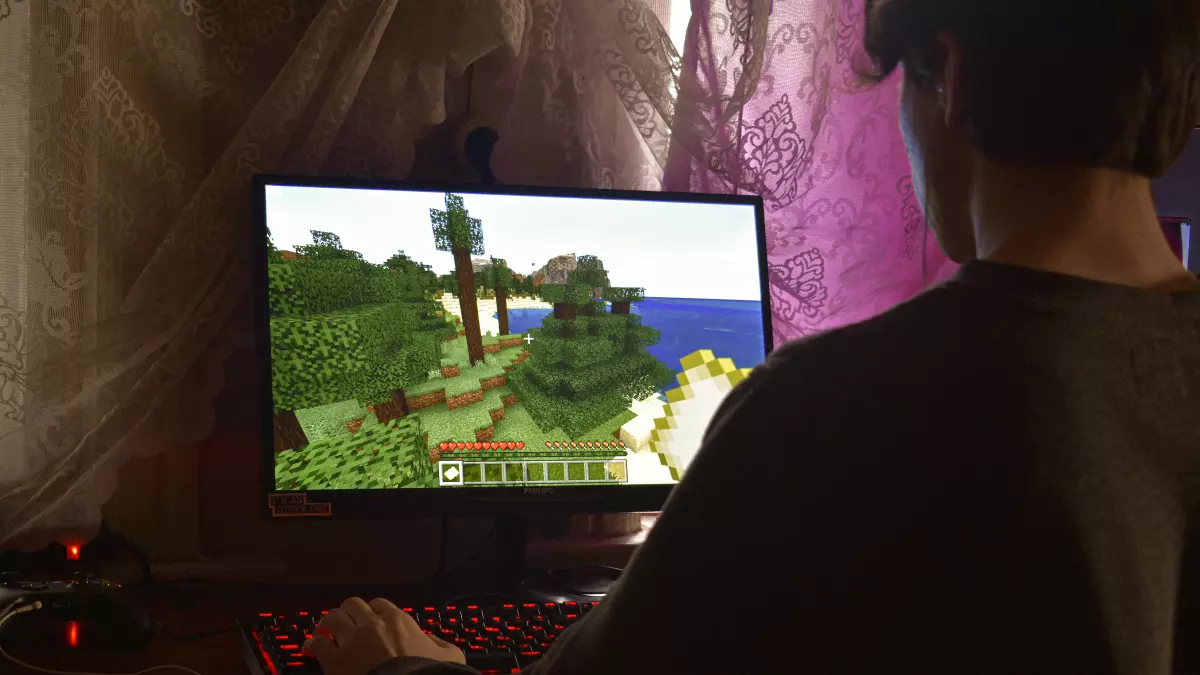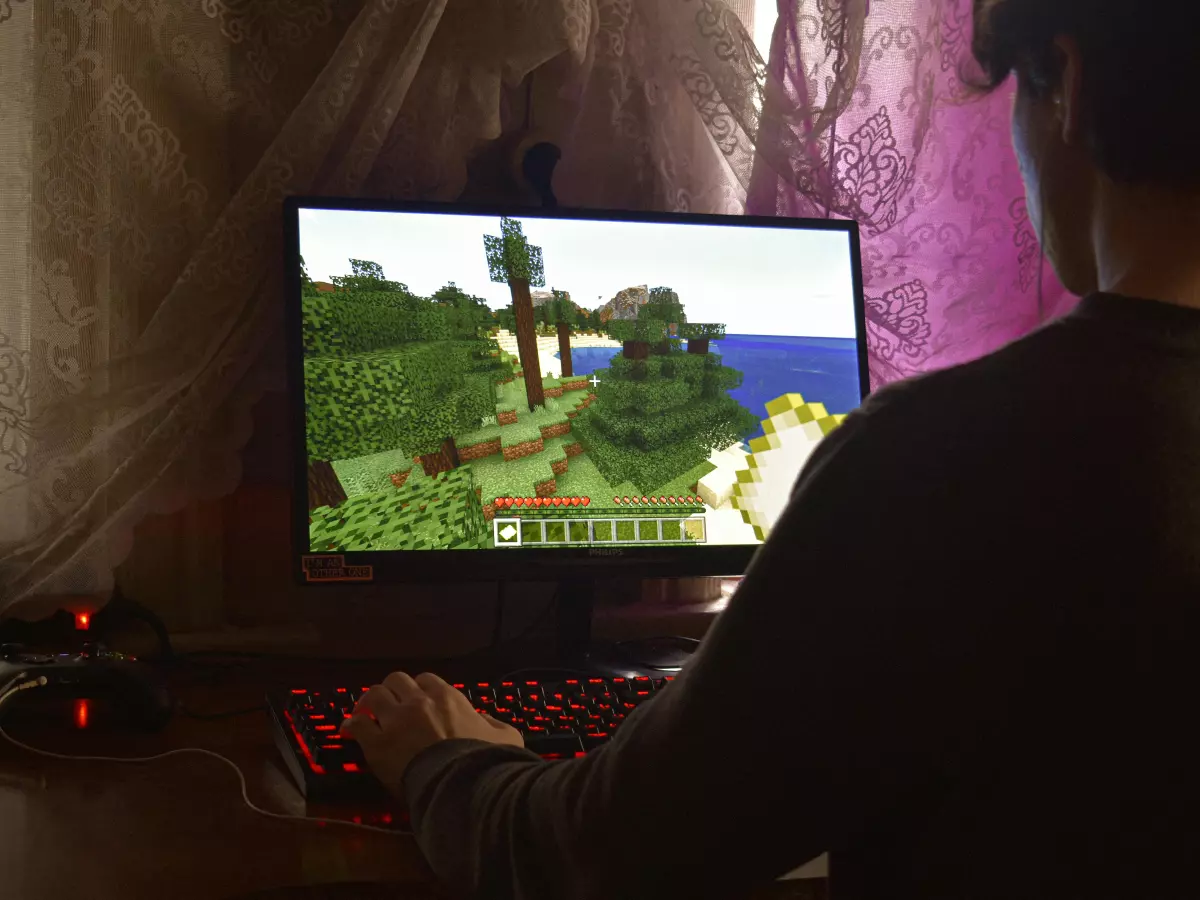Pathfinding: A Hidden Challenge
Think real-time pathfinding in games is just about moving from point A to B? Think again—it's a labyrinth of complexity that even the smartest game engines struggle to master.

By Isabella Ferraro
Picture this: you're playing your favorite RPG, commanding a squad of characters to navigate a dense forest. You click on a destination, expecting your team to weave through trees, avoid enemies, and reach the goal seamlessly. But then, one character gets stuck behind a rock, another takes a bizarrely long detour, and you're left wondering, "Why can't they just figure it out?" Welcome to the messy, fascinating world of real-time pathfinding in game engines.
At its core, pathfinding is about finding the shortest or most efficient route between two points. Sounds simple, right? Well, not when you throw in dynamic environments, unpredictable player actions, and the need for split-second decisions. Game engines are tasked with solving what is essentially a math problem—pathfinding algorithms like A* (A-star) are the backbone of this process. But even with these algorithms, things can go hilariously—or frustratingly—wrong.
The Algorithmic Balancing Act
Most games rely on A* or its variations to handle pathfinding. A* is efficient, sure, but it’s not perfect. It calculates the "cheapest" path based on a grid or graph, considering factors like terrain cost (e.g., walking on a road is faster than wading through water). However, this approach assumes a static world. In real-time games, the world is anything but static. Enemies move, obstacles appear, and players change their minds faster than you can say "respawn."
To adapt, game engines often use dynamic pathfinding, which recalculates routes on the fly. But here's the catch: recalculating paths for dozens—or hundreds—of entities simultaneously can be a computational nightmare. Ever noticed NPCs in games awkwardly bumping into each other or forming a chaotic conga line? That’s the engine struggling to keep up with real-time updates.
Dynamic Worlds, Dynamic Problems
Modern games pride themselves on dynamic, immersive worlds. But these worlds are a double-edged sword for pathfinding. Take destructible environments, for example. If a bridge collapses mid-chase, the engine must instantly reroute every affected character. Now multiply that by the number of NPCs, vehicles, and other moving elements in a bustling game world. It's like trying to solve a jigsaw puzzle while someone keeps swapping the pieces.
Then there’s the issue of scale. Open-world games like The Witcher 3 or Red Dead Redemption 2 feature massive maps with countless paths. The engine has to balance global pathfinding (navigating across the map) with local pathfinding (avoiding that pesky tree right in front of you). This dual-layered approach is resource-intensive and prone to glitches. Ever seen a horse in a game walk straight into a wall and keep going? That’s local pathfinding throwing in the towel.
Multiplayer Mayhem
If single-player pathfinding is tricky, multiplayer takes it to a whole new level of chaos. In networked games, every player’s actions affect the environment. Imagine a multiplayer battle royale where 100 players are simultaneously navigating a shrinking map. The game engine must not only calculate paths for each player but also sync these calculations across all connected devices. Lag, packet loss, and server limitations can turn even the best pathfinding algorithms into a hot mess.
To mitigate this, some games use predictive pathfinding, where the engine guesses where players are likely to move next. While clever, this approach isn’t foolproof. Predict wrong, and you get characters teleporting or rubber-banding—a surefire way to break immersion.
Shortcuts and Workarounds
Game developers are nothing if not resourceful. To sidestep pathfinding bottlenecks, many games use precomputed navigation meshes (navmeshes). These are essentially pre-baked maps that outline walkable areas, making pathfinding faster and more efficient. But navmeshes have their own limitations. They struggle with highly dynamic environments and can lead to odd behaviors, like NPCs refusing to step onto a newly created platform because it wasn’t part of the original navmesh.
Another trick is to simplify NPC behavior. Instead of calculating the perfect path, some games use "fuzzy" logic, where characters make approximate decisions. This can create the illusion of intelligence while reducing computational load. However, it’s a delicate balance—lean too much on approximations, and you risk breaking immersion. Nobody wants to see an enemy soldier casually stroll into a lava pit because the engine decided it was "close enough."
The Future of Pathfinding
So, what’s next for real-time pathfinding? AI and machine learning are emerging as game-changers. By training algorithms on vast datasets, developers can create systems that adapt to complex environments more intuitively. Imagine NPCs that not only navigate around obstacles but also anticipate player strategies and react accordingly. It’s an exciting prospect, but it comes with its own challenges, like increased development costs and the need for powerful hardware.
Another promising avenue is the use of cloud computing. By offloading pathfinding calculations to remote servers, games can handle more complex scenarios without overloading local hardware. However, this approach depends heavily on stable internet connections—something not all players have access to.
In the end, real-time pathfinding is a microcosm of game development itself: a constant tug-of-war between ambition and practicality. As games become more sophisticated, so too will the challenges of guiding characters through their worlds. But hey, isn’t that part of the fun?
So, the next time you see an NPC walk into a wall or take a hilariously inefficient route, cut them some slack. Behind the scenes, a game engine is working overtime to make sense of a chaotic, ever-changing world. And sometimes, even the smartest algorithms need a little help finding their way.
What do you think? Should developers focus more on perfecting pathfinding, or are the occasional hiccups just part of the gaming charm?





